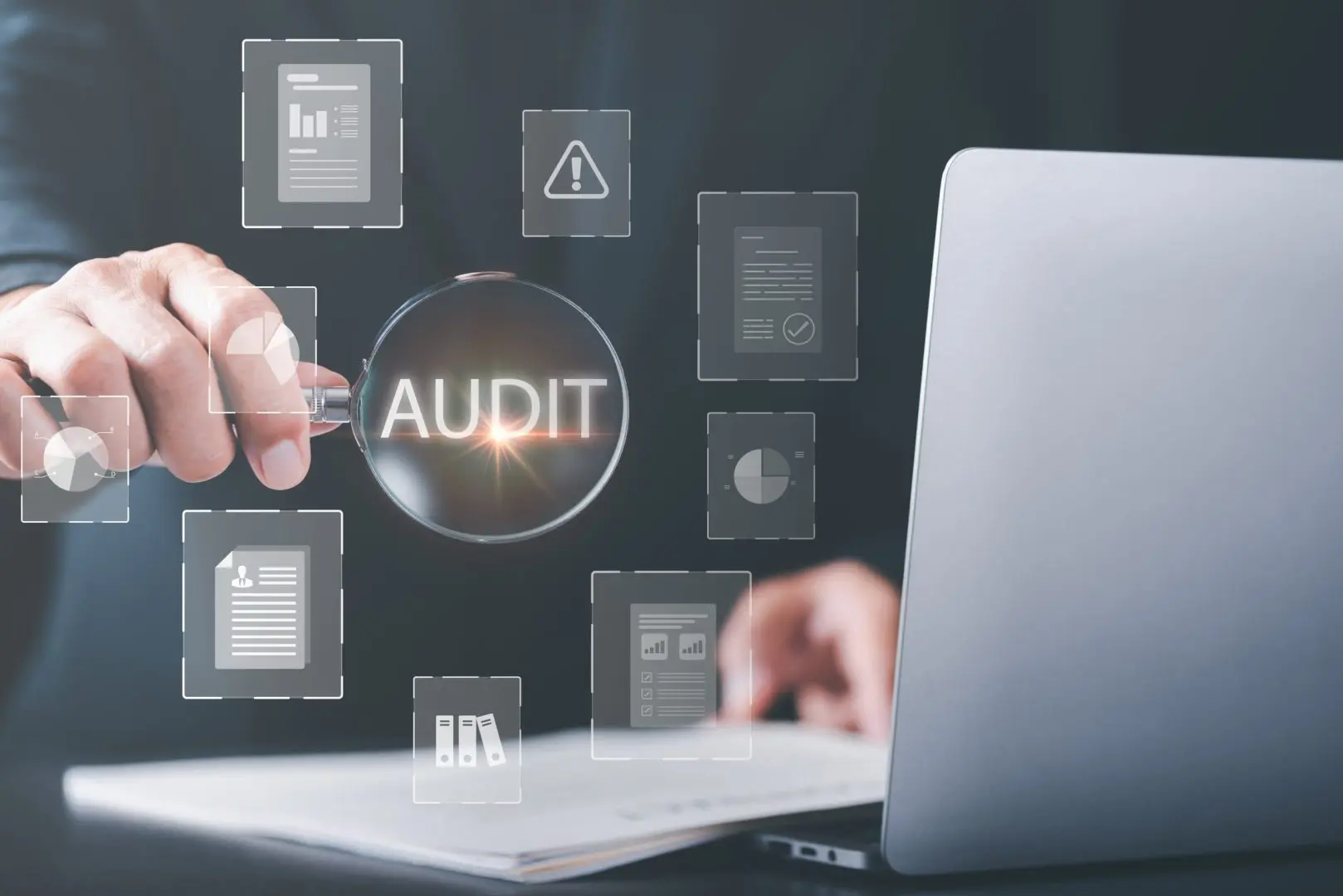Organizations face daily a wide range of internal and external events—threats—that affect the achievement of their goals (strategic, financial, operational). The uncertainty surrounding the organizational environment (economic crisis, climate crisis, etc.) can lead to negative consequences. Corporate governance, as a modern tool for organization, proper functioning, management, and control, is called upon to respond immediately through the combination of reasonable assurance and the guidelines of internal audit and the risk management system.
An effective internal control system focuses on identifying events—threats as well as opportunities, while a risk management system focuses on addressing threats—risks and exploiting new opportunities.
Risk management is an important part of the strategic management of any organization. It consists of a set of processes through which organizations can reduce the negative consequences of risks that arise during their activities. More specifically, risk management (ERM) is defined as the process carried out by the organization’s Board of Directors, management, and all personnel, which is applied in strategic decision-making throughout the entire organization (Division/Department/Office). Through risk management, the organization identifies various events that may affect the achievement of its goals. In this way, the organization improves its performance, adding value through achieving its objectives—such as strategic, operational, compliance, and reporting goals.
The importance of accurate risk mapping and analysis constitutes two crucial components of risk management.
Proper identification of the risk-event ensures its accurate mapping as well as the effectiveness of its management. Various risks arising from the internal and external environment of the organization that affect its goals are recognized and documented. Subsequently, the organization’s strategy and its implementation are redefined.
The ability of the organization’s executives (Risk Officers) to recognize risks will determine whether risk-events remain unmanaged. The perception of the internal and external environment of the organization by its executives will determine the effectiveness of risk management. The activities and daily procedures of the organization’s Divisions and Departments ensure the recognition of risks.
Risk analysis is conducted through effective evaluation. Risk analysis is performed by assessing the likelihood of events occurring and the impact they would have. Through risk analysis, we can determine how to manage or eliminate them. There are various risk analysis and management frameworks, such as COSO and ISO 31000:2009. Through the establishment of a framework, the scope of controls and the analysis of consequences and likelihood of risk occurrence are defined, so as to assess the risk level.
A risk management system can minimize the likelihood or impact of risks and bring benefits through better decision-making, handling changes, and prioritizing actions. It is also possible not only to eliminate risks but to put the organization on a path of growth with reduced costs, increased revenues, improved operational relationships between citizens, employees, and external partners, enhanced reputation, strengthened political effectiveness, and support for the local community.





